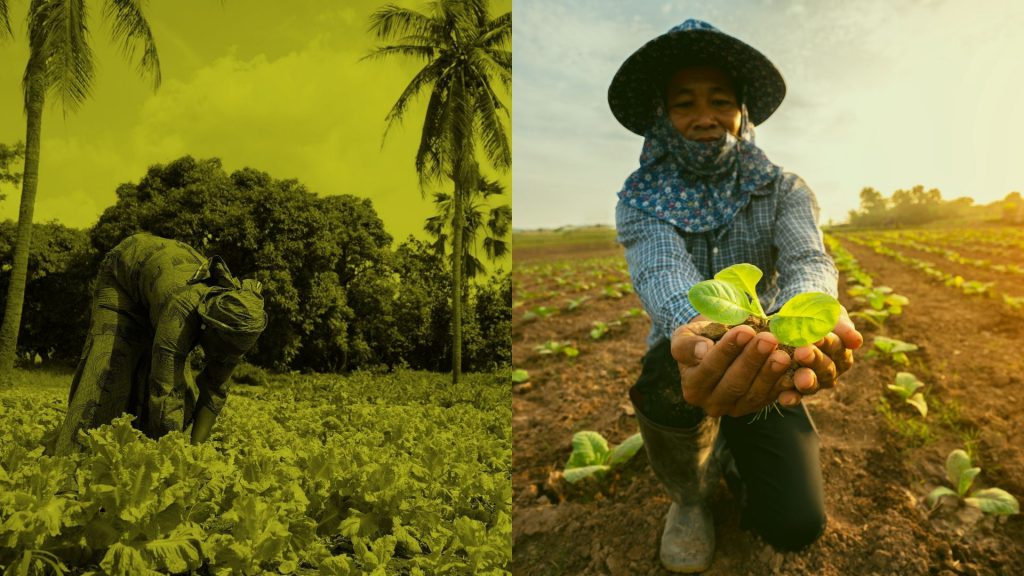Almost all global seed companies are involved in discussions around improving access and benefit-sharing (ABS). The International Treaty on Plant Genetic Resources for Food and Agriculture (ITPGRFA), under the auspices of the FAO and signed by member countries, includes a system to facilitate ABS for plant genetic resources for food and agriculture – the so-called multilateral system. Under this system, those wanting to access genetic material from (public) gene banks, including seed companies, are obliged to use a standard contract to receive and provide the material, and to pay for the benefits arising from the use of this material. As such, it facilitates access to the genetic materials of the 64 so-called ‘Annex 1’ crops for research, breeding and training for food and agriculture.
In 2017, the industry proposed an additional ‘subscription-only model’ whereby instead of making one-off payments for each use of a genetic resource, companies contribute a percentage of their annual seed sales for Annex 1 crops as listed under the ITPGRFA, ensuring an ongoing and consistent contribution to the treaty’s Benefit-sharing Fund. Limagrain is one of the companies that led the way in developing and ensuring buy-in from the seed industry for a more workable ABS model. In August 2017, under the company’s leadership as president of the International Seed Federation, the industry signed a ‘Declaration of Commitment’ referencing this proposal. The declaration was signed by 20 seed companies, including index companies Bayer, Limagrain, East-West Seed, Enza Zaden, KWS, Rijk Zwaan, Bejo, Takii and Sakata. The subscription-only model is currently being discussed and negotiated by the ITPGRFA’s Working Group to Enhance the Functioning of the Multilateral System of Access and Benefit-sharing.
